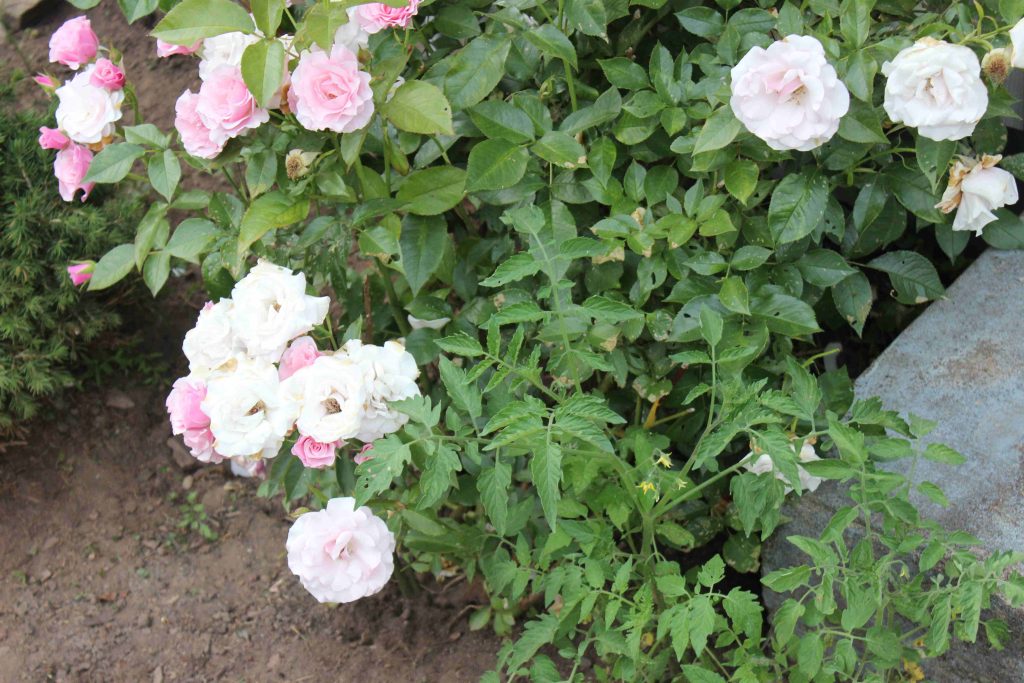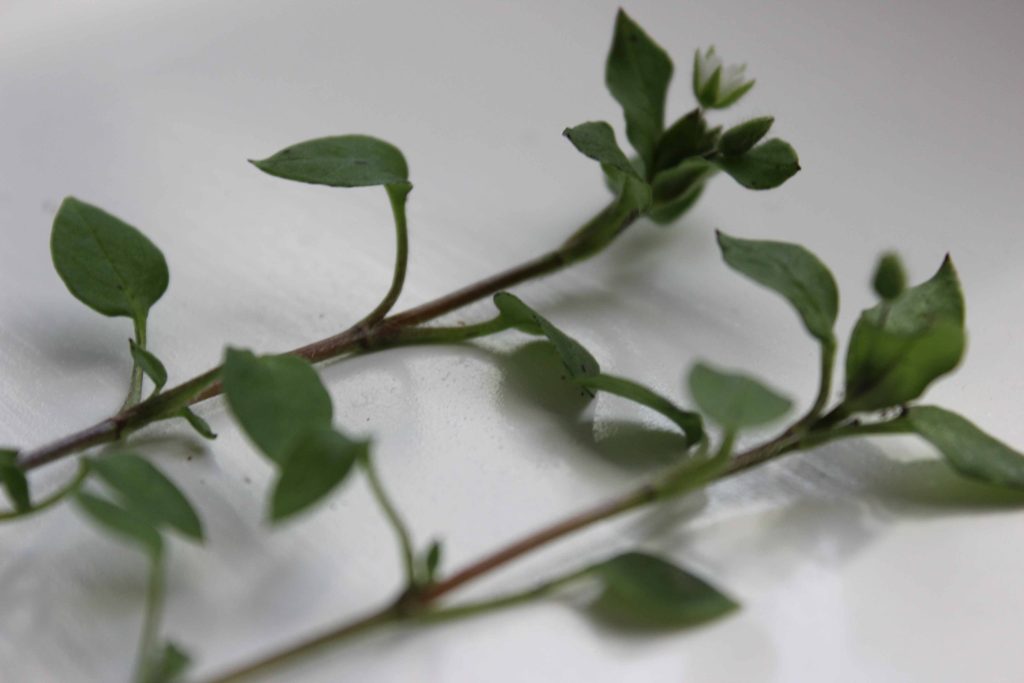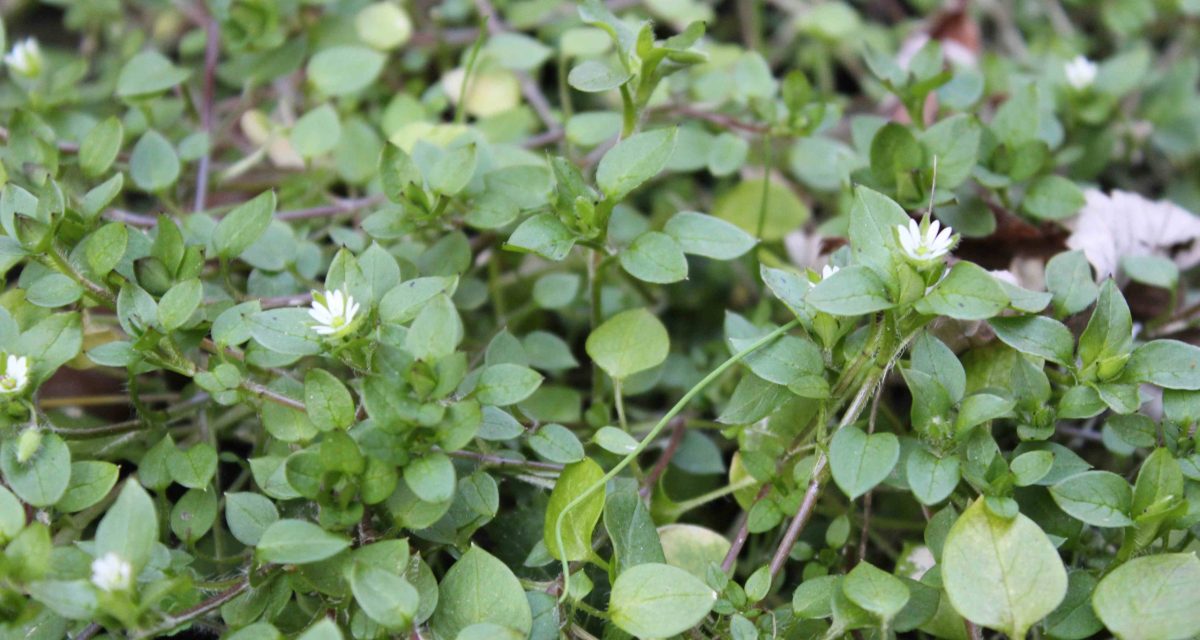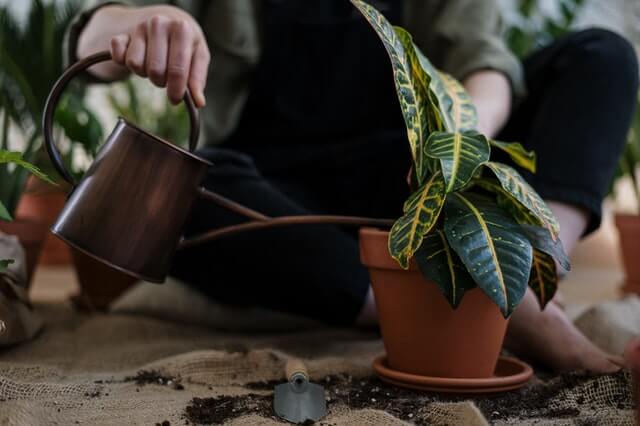Companion Planting
Design Your Garden to Repel Disease, Deter Harmful Predators, and Maximize Yield
Tomato
Plant with:
- Carrots (deep roots ventilate soil, and tomatoes keep away carrot pests with solanine and shades the carrots)
- Asparagus (keep at a bit of a distance, but it kills nematodes)
- Celery
- Chives (help repel aphids and mites)
- Garlic (same as chives but also reduce fungus and disease)
- Onions (same as chives)
- Parsley
- Basil (do not compete for space or nutrients)
- Sage (drives away carrot flies and cabbage moths)
Keep Away from:
- Corn (both attract the same harmful insects like moth larvae)
- Potatoes (have the same diseases and compete for the same nutrients)
Squash
Plant with:
- Radishes (keep away squash vine borers)
- Nasturtiums (use as a trap crop and plant a safe distance away)
- Dill (attracts ladybugs that consume squash borers)
- Borage (reintroduces calcium into the soil)
- Peppermint and oregano (keep away harmful insects)
Keep Away from:
- Melons (they consume a lot of nutrients from the soil)
- Beets (and other root crops too can disrupt squash’s roots)
- Potatoes (like melons they remove large amounts of nutrients)
Peas
Plant with:
- Carrots (help ventilate the soil)
- Turnips (also ventilate the soil)
- Radishes (pest deterrent)
- Cucumbers (benefit from nitrogen produced by peas)
- Potatoes (keep away Mexican bean beetles)
- Basil (keeps away thrips)
Keep Away from:
- Root crops like garlic, onions, shallots, leeks, and scallions (compete for nutrients)
- Chives
Cucumbers
Plant with:
- Bush and pole beans (increase nitrogen in the soil)
- Nasturtiums (trap crops for thrips, beetles, destructive insects; remember to keep a safe distance away)
- Corn (also increases nitrogen in the soil and provide a climbing structure and shade)
- Leeks
- Onions (do not compete for space)
- Peas (also increase nitrogen
- Radishes (do not spread out and compete for space; they also repel cucumber beetles)
- Sunflowers
Keep away from:
- Potatoes (can introduce blight and compete for nutrients and water)
Potatoes
Plant with:
- Horseradish (repels Colorado potato beetles)
- Legumes (these add nutrients to the soil like nitrogen)
- Cabbage (maximizes space as the shallow roots do not compete for nutrients)
- Corn (like cabbage, it has shallow roots)
- Marigolds (repel harmful insects like potato beetles)
- Nasturtiums (trap plants for aphids and potato beetles; remember to plant a safe distance away)
Keep away from:
- Fruit trees like apple, peach, and cherry (these attract blight; particularly dangerous to potatoes)
- Cucumbers (also attract blight and compete for nutrients and water)
- Eggplants (also compete for the same nutrients)
- Other root vegetables like onions, turnips, and shallots (compete for the same space and nutrients)
- Tomatoes (also compete for the same nutrients)
Broccoli
Plant with:
- Beets (does not require much calcium which broccoli does need)
- Potatoes (deep roots that go beyond those of broccoli, but since both require a lot of nutrients, make sure to add fertilizer, organic or not)
- Onions (and other alliums repel aphids, cabbage worms, and slugs with their scent)
- Celery (keeps away cabbage worms with its scent)
Keep away from:
- Tomatoes (deplete nutrients)
- Strawberries (deplete nutrients)
- Cabbage (attracts the same pests like aphids and cabbage worms)
Pairing Plants that Aid in Pest Control

Pests:
Borers – Borers, actually called woodboring beetles, can be repelled by plantings of nasturtiums, garlic, onions, or chives around affected trees.
Rabbits – Rabbits greatly dislike the presence of onions on the perimeter of a garden.
Slugs – An empty beer can will attract slugs. Since slugs are most active at night, the beer can should be set out then. Certain plants like lavender also can repel slugs.
Whiteflies – Nasturtiums are good for keeping away whiteflies, which can cause shriveling of plant leaves. Burned oak leaves also deter them.
Mice – Mint and pine are good for deterring mice from one’s crops.
Pairing Plants that Aid in Disease Prevention
Often companion planting is favored for its ability to eliminate pests, but remember that reduction in disease is also important. Here are some examples for various plants and diseases:
Scab disease – This is a problem that will affect fruit such as apples. Many orchardists will plant chives near the bases of the affected trees to remedy this. Bear in mind however, that it may take a few growing seasons for the chives to take effect.
Various kinds of fungus – Garlic is a natural antifungal substance since it contains diallyl disulfide, which reduces white rot.
Black spots on roses – Once again chives will help here as the black spots are caused by a fungal disease.
Tomatoes help to prevent black spots on roses. The rose also serves as a nice trellis for the tomatoes to grow on and provide stability. (see picture)

Pairing Plants to Aid in Growth and Harvest Yield

For a detailed list of what plants should be planted near which other ones, see the list above. However, it is important to point out there are a few ways to maximize harvest using companion planting:
Maximizing space – Sometimes one can plan to plant two things together in anticipation of one of them being ready to harvest sooner. An example would be planting lettuce to replace green onions as soon as green onions are harvested. One has to remember to replenish the soil with organic matter because repeated cultivation is very depleting.
Producing Beneficial Nutrients and Structures – An example of this would be when borage makes calcium available in the soil for squash. Further, corn, beans, and squash are mutually beneficial to each other as. Beans draw out nitrogen in the soil, helping corn and squash. Squash (growing on the surface of the soil) retains moisture and keeps down weeds. Corn is a structure for beans to grow on and shades the squash.
History
One of the earliest sources on companion planting is the great Roman intellectual, Marcus Terentius Varro. He commented on the undesirability of planting olive trees near oak trees or walnut trees or grapevines near cabbage [1]. Further, in the Americas, the Iroquois and Cherokee tribes used the technique of planting corn, beans, and squash near each other because of the mutual benefits [2].

References
1. Varro, Marcus. De Re Rustica. Loeb Classical Library, 1934, University of Chicago, section 16, http://penelope.uchicago.edu/Thayer/E/Roman/Texts/Varro/de_Re_Rustica/1*.html
2. The Three Sisters of Indigenous American Agriculture. U.S. Department of Agriculture, National Agricultural Library, https://www.nal.usda.gov/collections/stories/three-sisters#:~:text=and%20the%20Southeast.-,The%20Iroquois%20and%20the%20Cherokee%20called%20corn%2C%20bean%2C%20and%20squash,squash%20throughout%20of%20the%20field.
Why Choose Us
Let us now emphasize on the main benefits that customers will get by your company.
Fastest Work
An attractive line about the heading above.
High Skill
An attractive line about the heading above.
Clean Work
An attractive line about the heading above.
Proper Take Care
An attractive line about the heading above.
Let's Bring Nature Into Your Lovely House
Use these paragraphs to focus on the topic in the headline. Make sure you keep it short and attractive.

